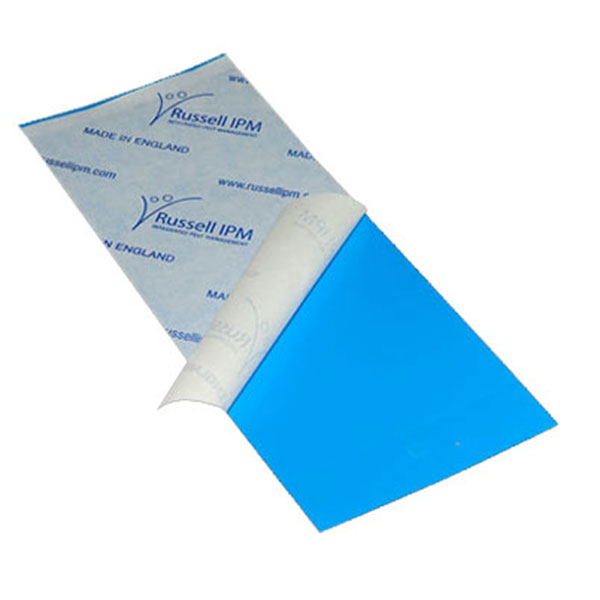Thrips
Thrips are the most serious home and garden pest of vegetables, flowers, strawberries and other soft fruits.
Thrips damage plants directly by feeding and laying eggs on the plant, and indirectly by acting as vectors for viruses such as tomato spotted wilt virus and impatiens necrotic spot virus. Thrips are very tiny flies. In the summer they fly around in the garden, and feed by burrowing into plant tissue or developing leaves and buds. In open garden they tend to cause most damage from June to September, but in glasshouses they can often start in April.



